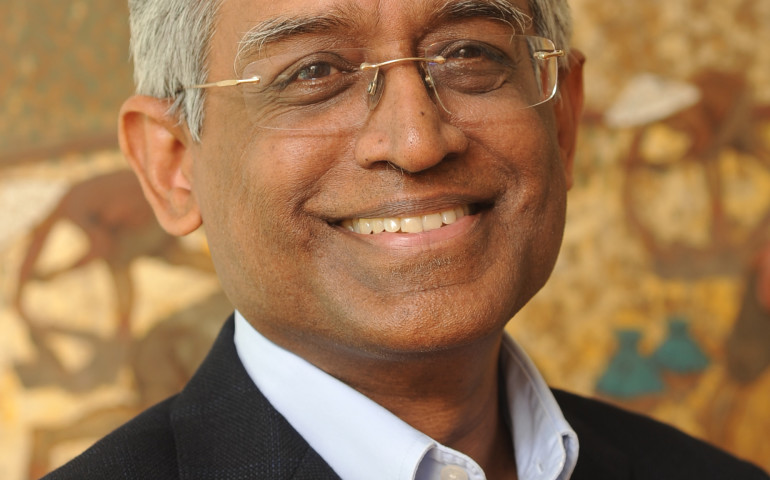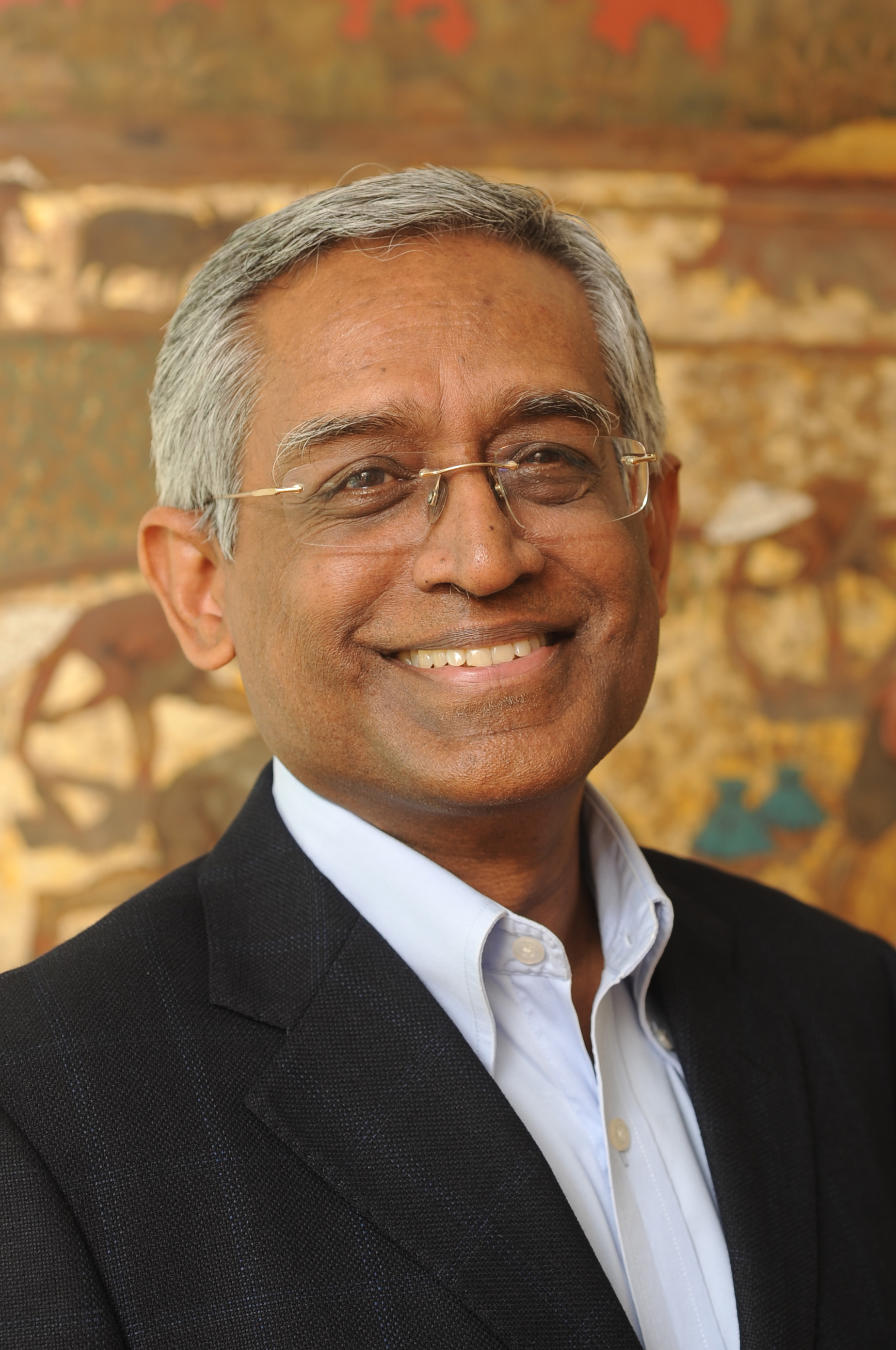Interview with Mr Arun Mahizhnan, Member, SGBicentennial Adivsory Committee
Introduction
History unravels various experiences of the past, and suggests directions for the future. Most countries look at their past and try to learn valuable lessons. In Singapore, we took such time-travels when we celebrated the 25th anniversary and the 50th anniversary of our Independence.
This year Singapore marks the 200th year of Stamford Raffles’ acquisition of the island as ‘SG Bicentennial’.
It was on the 6th February, 1819, Sir Stamford Raffles signed the “Singapore Treaty” with Johor Sultanate, which made this island a trading centre for the East India Company. Though Singapore’s history goes back hundreds of years earlier, the continuous recorded history of Singapore often begins from 1819.
2. Why is it a ‘Commemoration’ and not a ‘celebration’?
Unlike 25th and 50th years of marking Singapore’s independence as ‘celebrations’, we are now, ‘commemorating’ the SG Bicentennial. Colonial rule is not always a happy memory for everyone. Many countries and communities have suffered immeasurably, even as they benefitted from colonial rule in some ways. It is a mixed experience in every colony that finally got its independence. Independence for a country, on the other hand, is a happy event for the whole nation, and so it is widely celebrated.
In the case of Singapore, the benefits of the colonial rule are such that many good institutions we have today were rooted in the colonial period. Our government administrative system, rule of law, English language proficiency, trading connection with a wider world are some of the legacies of British rule here. The founding of Singapore as an international free-port trading centre by Raffles is perhaps the most significant contribution to our current economic status as a world-class trading hub.
3. Why are we referring to 700- ear and 200-year history at the same time?
In the past 10 to 15 years, archaeologists have proven that there is at least a 700-year history to Singapore through the artefacts they have excavated. So while we mark the 200th anniversary this year, we are also reminded that we have a much longer history to look back to. Not everything started 200 years ago. Who knows what wonders we may come upon as we dig further back into history!
Whether it is 200 or 700, the basic purpose of all these events this year is to give ourselves an opportunity to pause, reflect and rethink our future. That’s how I see the bene fti of commemorations. As Santayana said, those who cannot remember the past are condemned to repeat it.
4. What can individuals and associations do to mark SGBicentennial?
It is either the government or larger organisations that are dominant in such national events. But in the SG Bicentennial, there are also avenues available to individuals and associations to play a part. For example, in the past, there have been associations formed in Singapore based either on their community or the native place that they hail from. They had drawn their strength from each other and have helped their communities immensely, when in need.
So along with the government, these individual associations have also played an equal part in the growth of Singapore. So these associations could come forward and document their historical stories, unknown facts, which would be informative as well as interesting. They could also put on display artefacts that tell their stories convincingly. As Singapore is a multi-racial society, one could also try to look at the similarities among the four races of Singapore and bring out what each race responded to the others. There was ‘Singa’ a literary magazine that was published by the government in Singapore’s all four official languages. Unfortunately, it did not continue long. So, may be more could be don along these lines. The SG Bicentennial committee reached out to many major organisations seeking their ideas and support. Likewise the organisations and even individuals can approach the Committee with their ideas and suggestions to be part of the SG Bicentennial. As the celebrations are for a year, we are now left with nine more months. Now as social media is dominant, individuals, youth, major and minor organisations, should come forward and try to document anything that has historical and social values through some social media. By doing this, everyone can contribute and be a part of the SG Bicentennial.








No Comment